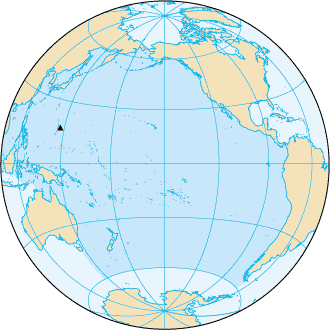Geography
From longitudes and latitudes, to atlas and Atlas, the Greek God, this category literally covers the earth. Content about Geography spans from in-depth studies of people who studied and pioneered the science to the terms and definitions of the science itself. From the very beginnings of cartography, where man looked to the sun and stars to help navigate to modern global positioning satellites wher ... Read more

